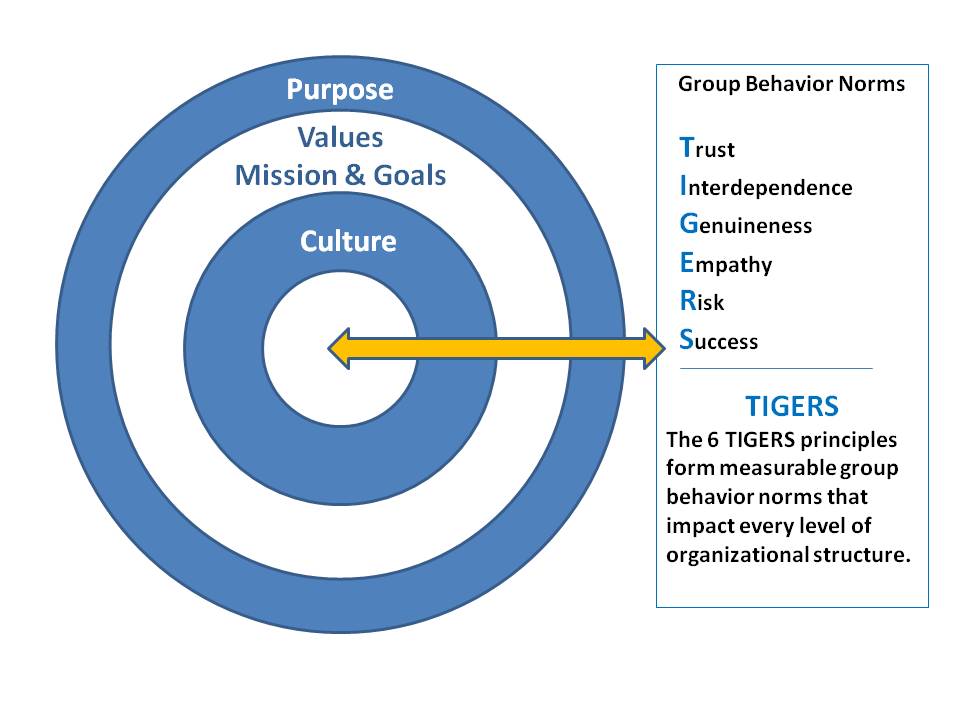
So much is written about psychological safety in the workplace today. Perhaps outcomes such as employee engagement and psychological safety are finally being investigated from a more critical lens than just carrot and stick strategies. Perhaps the high employee turnover from 2020 to present is causing leaders to stop and ponder why so many employees are quitting to work elsewhere.
What is Psychological Safety?
Psychological safety is the ability to show up as your genuine self at work without fear of negative consequences to your self-image, career or group status. It is the ability to be respectfully sincere, frank and forthright about your ideas, concerns, questions or mistakes in the group you work with and with you managers and supervisors.
As a result, important group process functions such as decision-making, problem-solving, recognition, conflict resolution and planning are all affected by how people discuss things to chart their course of action.
This means that people must be able to work through conflicting ideas and intellectual friction to achieve successful, collaborative and interdependent work.
What Activities Promote Psychological Safety at Work?
The group behavior norms team members construct that allow them to give and take, analyze, push back, talk and listen and act and react must be broken down into favorable team generated behaviors. These norms are best developed by the team itself and must apply to both team members and their leaders.
Any time when giving respectfully sincere, frank and forthright feedback, exploring unusual ideas, or disagreeing with the majority results in punishment, psychological safety is nonexistent.
Here are five practical ways to improve psychological safety in the workplace through employee generated ideas:
- Reward through recognition any employee who displays empathy; self-awareness; respectfully sincere, frank and forthright communication; or, bringing mistakes to light as close to the occurrence as possible. This goes for employees as well as leaders. If a co-worker displays these qualities with you, thank them. Be specific about your feedback and how their behavior had a positive impact on you.
- Co-create a system that encourages diverse perspectives and ideas. An example of a system is SWOT where ideas are assessed based on strengths, weaknesses, opportunities and threats. In this way there is an expected time to look at the problem from a different angle and source of information that pulls on how different people think and process information. This also enables global thinkers to compare notes with strategic and lineal thinkers.
- Assign a rotating team role of Reality Tester (Devil’s Advocate) so that different ways of looking at things are brought to light in the decision-making, problem-solving and planning process.
- Actively listen to others with curiosity rather than judgement so you understand where the other person is coming from. During disagreement use dialogue tools such as a talking stick to surface all ideas and to minimize cross-talk so everyone is heard.
- Facilitate consensus for team generated behavior norms that define how to keep conflicting ideas constructive and respectful including identifying when dissenting ideas are most beneficial and constructive during the decision-making, problem-solving and planning process.
Construct a learning circle to learn about and discuss behaviors that build high performance team outcomes and behaviors that cause predictable problems. A learning circle constructed to discuss the book, TIGERS Among Us-Winning Business Team Cultures and Why They Thrive is an excellent resource for team behavior learning and discussion.
What does this mean going forward?
The most psychologically safe organizations can point to specific behaviors and processes that maintain high levels of trust, interdependence, genuineness, empathy, risk resolution and success on teams and in the work culture. These are behaviors that must apply to everyone at all levels of operation to be trustworthy.
The bottom-line is that when employees feel psychologically safe they do not feel threatened. They are more cooperative, creative, and engaged at work. They also care more about whether the organization they work for grows and is successful.
Workforces that have treated employees poorly or have threatened them during the pandemic and before are getting fired now. Leaders who believe they can pay more to employees and still treat them poorly and with disrespect will continue to be fired. This is at a time where the competition for talent has never been higher and growth more critical. Organizational Will and leadership mindset are all in play now.
Care to dig deeper into solutions for psychological safety?
Here are some additional resources that take this conversation about psychological safety deeper:
- How to build Learning Circles for a collaborative leadership mindset shift from command and control to collaborative and employee-centered.
- The missing part of effective training is follow-through
- Collaborative Leader – How to Avoid 3 Mistakes That Cause Collaboration and High Performance Teamwork to Fail.
- TIGERS Leadership Fundamentals *SHRM Continuing Education Approved
- White paper: TIGERS Leadership Fundamentals
Copyright TIGERS Success Series, Inc. by Dianne Crampton
Learn more about the TIGERS 6 Principles and the research behind them in this webcast. It’s free. No reason not to take a look.
